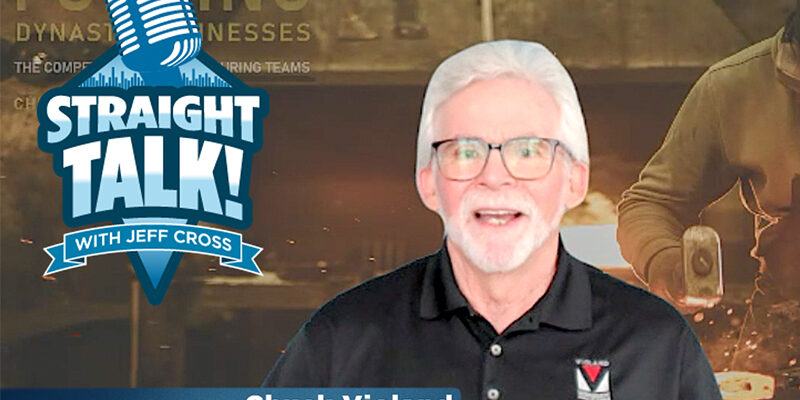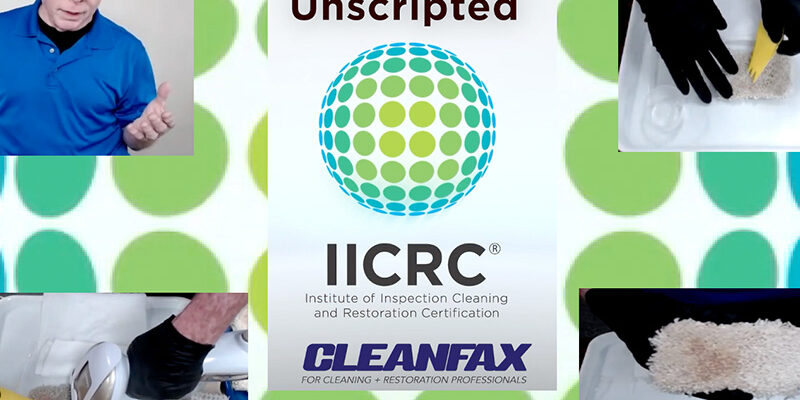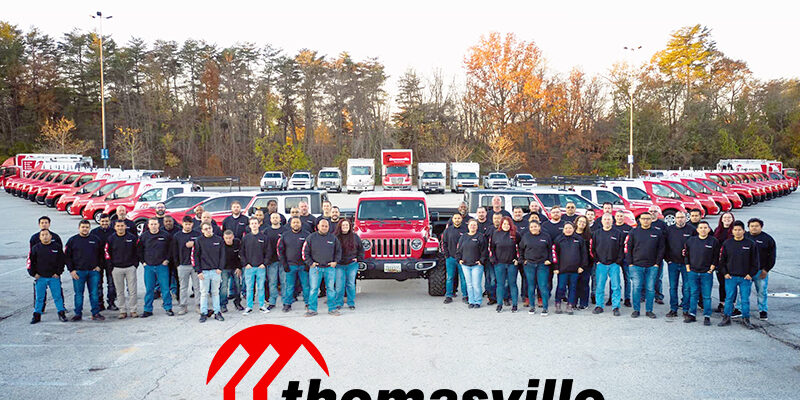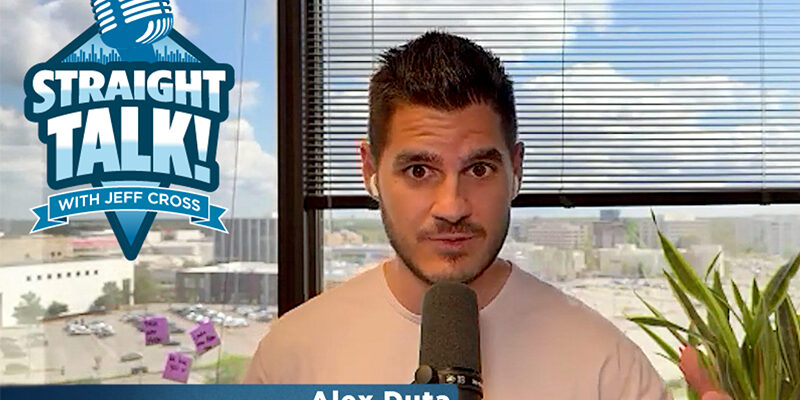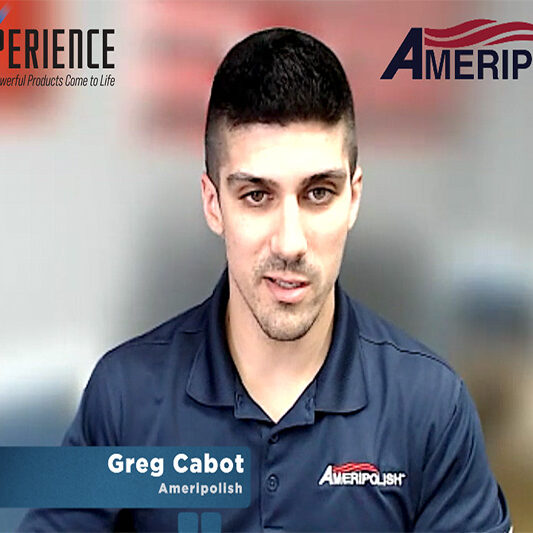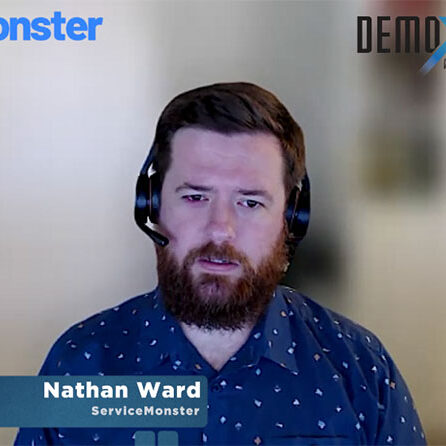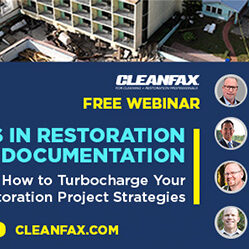Unscripted: IICRC Standards
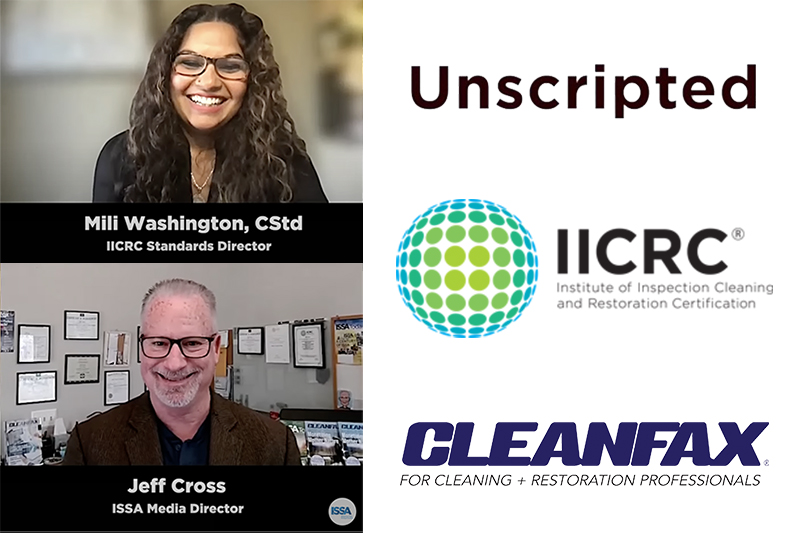
When most of us think of the IICRC, we may think of classes—carpet cleaning, water damage, mold remediation classes, and others… not to mention certifications. Where do Standards fit into what the IICRC does, and how many Standards are there?
Mili Washington, CStd: Unfortunately, there is no S in the IICRC acronym, but S for Standards is the foundation on which the rest of the IICRC is built. Then, there are many different pillars or Standards for various fields. The number of these pillars is growing—we have over 20 currently. Each is now developed to be approved by ANSI (American National Standard Institute). The IICRC Standards help to establish common, industry-accepted language and terminology that enables us to discuss concepts and procedures more universally regarding cleaning, inspection, and restoration.
We see the name ANSI on every IICRC Standard. Why is that? Isn’t the IICRC a strong enough entity?
Washington: ANSI coordinates standards, conformity assessment, and related activities in the United States. It is responsible for overseeing the development of national consensus standards and verifying that the standard’s developer has met the requirements for due process, consensus, and other criteria for approval. An American National Standard (ANS) is a voluntary consensus standard, and compliance is voluntary unless mandated by law. However, local, state, or federal authorities have adopted some as codes or regulations.
The IICRC is an ANSI member and Accredited Standards Developer. ANSI helps provide checks and balances. All IICRC Standards have been developed as proposed American National Standards and published as ANSI.
The ANSI approval comes with stringent procedural requirements that must be followed and ultimately result in credible documents created with input and feedback from various industry stakeholders.
These Standards are basically guidebooks. How are they written?
Washington: The behind-the-scenes work done by our Standards committees is really done by industry representatives, stakeholders, and volunteer members coming together to write these Standards; it’s not the IICRC. They understand the value of Standards, which drives their participation. IICRC sets the table for the party, so to speak, and invites everyone to participate. When published, those Standards create the foundation for everything the institute does. It takes years of teamwork, collaboration, and consensus building.
That said, there are also strict requirements to maintain ANSI accreditation. As dictated by the ANSI Essential Requirements, these basic tenets include transparency, providing notifications for all stakeholders, having a public review process and an appeals mechanism, and ensuring that no one person or specific interest in an industry can go rogue and write the Standard themselves. There must always be checks and balances through the Standard’s development or revision process.
Also, the public review comments we receive are an important part of the process. They are not ignored or minimized. They must be considered and addressed.
Writing the Standards is certainly not easy or quick. To meet ANSI requirements, we must jump through hoop after hoop. And it does not end there. More time is needed as there is a five-year revision cycle to ensure the Standards are current and accurate. In the end, the work put in is well worth it.
How are Standards used?
Washington: Once the Standards are accepted in the industry, they become a de facto standard, which means that if you don’t follow the Standard, you could be liable for the quality of work you have done or not accomplished. If a task is outlined in the Standard and it isn’t completed in accordance with the Standard, then you know there are consequences to that, whether they be legal or Insurance implications.
Are there any new Standards coming we can look forward to?
Washington: We are currently working on new Standards for structural fire and wildfire restoration. Once they’re published as ANSs, they will be the foundation for the rest of the fire certification training schools’ instruction.
What are some of your most enjoyable highlights or memories regarding the Standards process?
Washington: The highlight of my role in creating the IICRC Standards is the many relationships I have built with those who have worked with me on them over the years.
For example, recently, we were wrapping up the 2024 revision of the ANSI/IICRC S520 Standard for Professional Mold Remediation. This was a long, multi-year project. It was our last meeting, and we were finally finished. Yet everyone lingered, reluctant to leave the meeting. The relationships we had built were special.
How can those reading this get their own copy of the Standard they need?
Washington: Our Standards are available in both print and digital, but I personally recommend the subscription option. A Standards subscription gives you access to everything, including newly published and up-to-date information.
Also, having it in digital format is easier – more accessible, available at your fingertips, and you can quickly find the information you are searching for.
Use these links to access everything you need from the IICRC regarding its Standards:
- IICRC Standards Information: www.iicrc.org/iicrcstandards.
- IICRC Webstore: www.iicrc.gilmoreglobal.com.
Do you have any advice for our readers?
Washington: Yes. Please don’t hesitate to join us in the process. Participating gives you a voice, a seat at the table, and an opportunity to shape the industry. If you have an interest, we welcome your input.
Be sure to watch the entire recording of this interview below:
Editor’s Note: Cleanfax is pleased to announce a new multimedia partnership with the Institute of Inspection, Cleaning, and Restoration Certification (IICRC). The program, Unscripted, will feature what the IICRC is doing, what the industry needs to know about IICRC Standards, certifications, events, technical tips, management and marketing strategies, and more. In this inaugural edition, IICRC Standards Director Mili Washington shares insights on how Standards are developed, how the industry uses them, and more.




